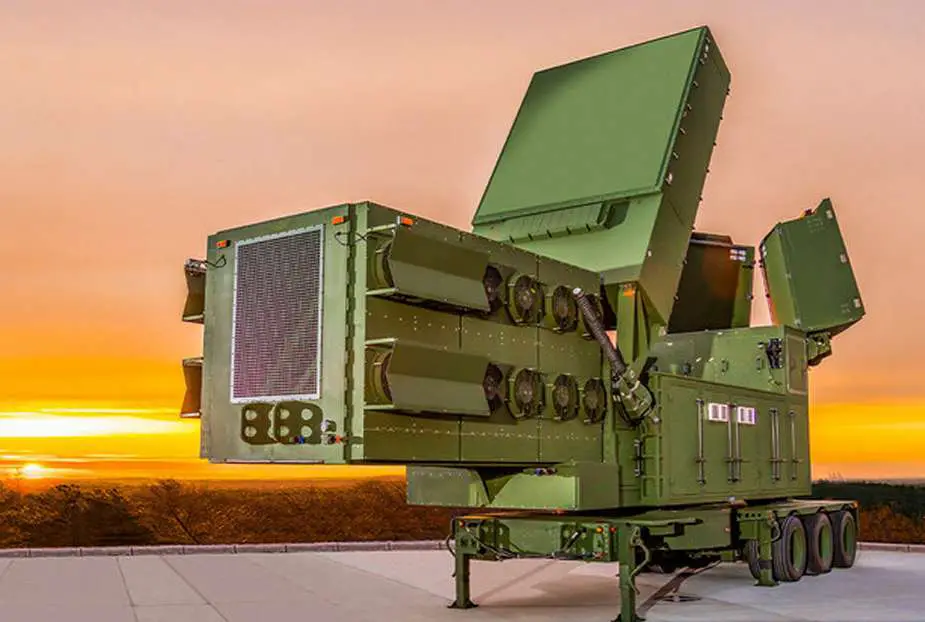Breaking news
Raytheon LTAMDS Lower Tier Air and Missile Defense Sensor excels during US Army testing.
Raytheon, an RTX business, has achieved significant technical and performance milestones with the Lower Tier Air and Missile Defense Sensor (LTAMDS) during Contractor Verification Testing at the U.S. Army's White Sands Missile Range. These tests, which met defined objectives, showcased the radar's design and performance against both real and simulated threats.
Follow Army Recognition on Google News at this link

LTAMDS represents the next generation of air and missile defense radar for the U.S. Army (Picture source: Raytheon/RTX)
LTAMDS represents the next generation of air and missile defense radar for the U.S. Army. It boasts a 360-degree Active Electronically Scanned Array radar, leveraging Raytheon's Gallium Nitride technology to significantly enhance its capabilities against a wide spectrum of threats, including manned and unmanned aircraft, cruise missiles, ballistic missiles, and hypersonic targets.
Tom Laliberty, President of Land & Air Defense Systems at Raytheon, emphasized the critical nature of LTAMDS' strong performance in these tests, marking a pivotal step towards achieving operational capability by the year's end. He highlighted the collaborative partnership between Raytheon and the U.S. Army in their shared mission to expedite the deployment of this exceptional defense capability worldwide.
Multiple radars were deployed at WSMR for a series of tests conducted in phased increments, progressively challenging LTAMDS' advanced features and capabilities. Throughout testing, LTAMDS remained interconnected with the Army's Integrated Air and Missile Defense Battle Command System, IBCS.
The radar successfully executed 11 mission sets across various simulated operationally relevant scenarios. These achievements included effective target search and tracking of multiple entities, encompassing drones, fixed-wing and rotary aircraft, cruise missiles, and tactical ballistic missile surrogates. The tests also demonstrated continuous tracking during test flights, coupled with direct communication with a PAC-3 missile, culminating in a simulated engagement against a TBM.
All six radars under the October 2019 contract have completed production and are concurrently undergoing testing at various government and Raytheon test sites. This parallel approach encompasses integration and test activities. The timeline for LTAMDS extends into 2023, featuring ongoing user training and soldier-conducted operational assessments. The year will conclude with LTAMDS achieving Operational Capability readiness. In 2024, rigorous testing will continue, including environmental and mobility qualification, and expanded system-of-system testing, ultimately leading to full Operational Capability within that calendar year.
Defense News October 2023


























